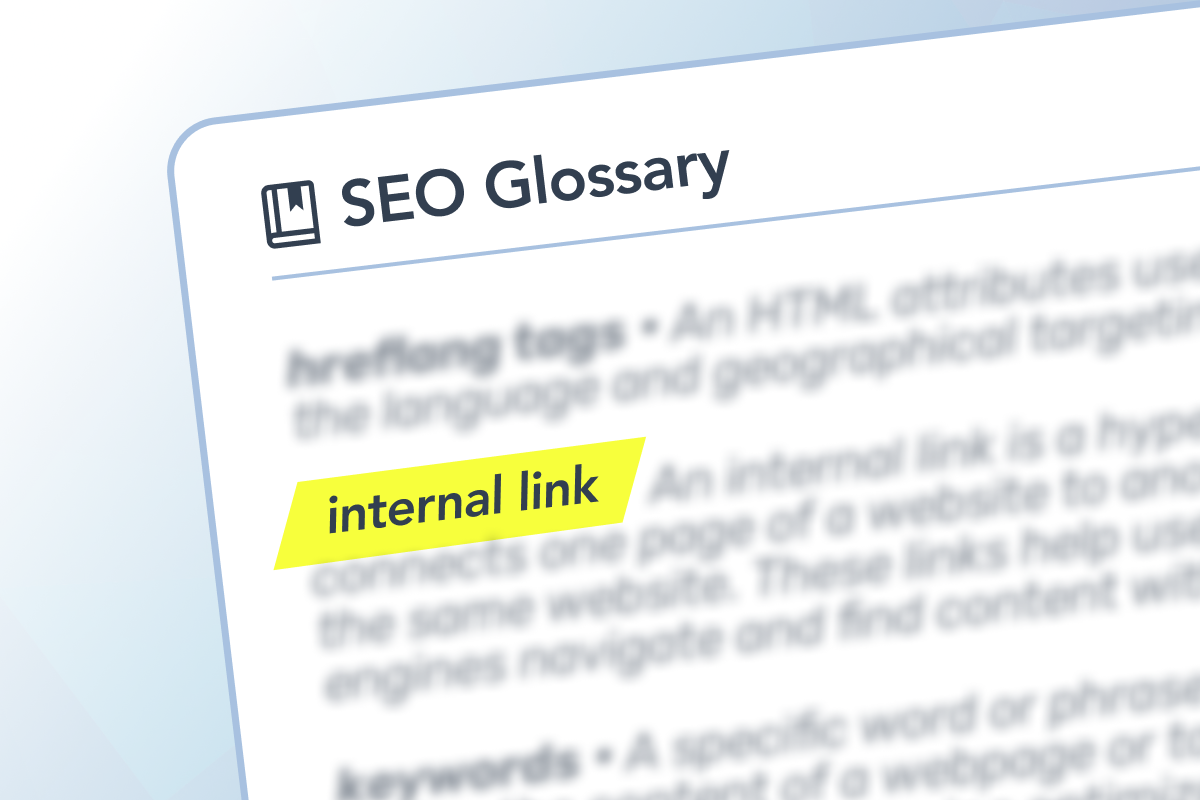Imagine navigating a website, clicking on various links to explore different pages. Some of these links direct you to other parts of the same website—these are called internal links.
What is an internal link?
An internal link is a hyperlink that connects one page of a website to another page on the same website. These links help users and search engines navigate and find content within the site.
Why are internal links important?
- Navigation: They improve user experience by making it easier for visitors to find related content and navigate the site.
- SEO benefits: Internal links help search engines understand the structure and hierarchy of your website. They distribute page authority and ranking power across the site, potentially boosting the SEO performance of individual pages.
- Content discoverability: They ensure that important pages are easily discoverable by both users and search engine crawlers, enhancing content visibility.
Best practices for internal linking
- Use descriptive anchor text: The clickable text of the link should be descriptive and relevant to the content of the linked page.
- Link to deep content: Focus on linking to deeper pages within the site rather than only linking to the homepage or top-level pages.
- Maintain a logical structure: Organize your internal links in a way that makes sense to users and helps search engines understand your site’s structure.
- Avoid over-linking: Use internal links where they add value and context. Avoid excessive linking that can overwhelm users and reduce the effectiveness of each link.
By effectively using internal links, you can improve both user experience and search engine optimization, making your site more accessible and easier to navigate.


